This Is One List, Safe to Say
With Google and artificial intelligence, it's easy to make lists. Lots of people do, to varying effect. WalletHub, a personal finance company, produces a lot of them, though it appears to comb through large datasets for telltale tidbits to create theirs.
In its newest list, WalletHub ranks "safest cities," based on 41 key metrics that include traffic fatalities per capita, assaults per capita, the unemployment rate and the percentage of the population that is uninsured.
The top 10 safest cities, according to WalletHub: 1. Warwick, Rhode Island; 2. Overland Park, Kansas; 3. Burlington, Vermont; 4. Juneau, Alaska; 5. Yonkers, New York; 6. Casper, Wyoming; 7. South Burlington, Vermont; 8. Columbia, Maryland; 9. Lewiston, Maine; 10. Salem, Oregon.
The 10 least safe cities ranked: 173. Cleveland, Ohio; 174. Philadelphia, Pennsylvania; 175. San Bernardino, California; 176. Houston, Texas; 177. Fort Lauderdale, Florida; 178. Baltimore, Maryland; 179. Detroit, Michigan; 180. Baton Rouge, Louisiana; 181. Memphis, Tennessee; and, finally, 182. New Orleans, Louisiana.
Other news nuggets:
Virginia Beach, Virginia, has the fewest aggravated assault incidents (per 100,000 residents), which is 51.9 times fewer than in Memphis, the city with the most.
Nampa, Idaho, has the fewest thefts (per 1,000 residents), which is 10.5 times fewer than in Oakland, California, the city with the most.
Washington, D.C., has the most law-enforcement employees (per 100,000 residents), which is 5.2 times more than in Irvine, California, the city with the fewest.
Lincoln, Nebraska, has among the fewest pedestrian fatalities (per 100,000 residents), which is 33.4 times fewer than in Jackson, Mississippi, the city with the most.
Body of Knowledge
Humans are the only species known to blush, a trait first noted by Charles Darwin. Mark Twain would later opine that humans are the only species that need to blush.
Mark Your Calendar
November is awareness month for diabetes, bladder health, chronic obstructive pulmonary disease and pulmonary hypertension, epilepsy and cancers of the lungs, stomach and pancreas. I forgot to mention Alzheimer's disease too.
Doc Talk
Opisthotonus: A severe, abnormal posture characterized by the body arching backward due to the spastic contraction of the neck, trunk and leg muscles. It can be a symptom of multiple serious underlying conditions affecting the brain or nervous system, such as infections, poisoning or diseases like stroke, traumatic brain injury or a brain tumor.
Phobia of the Week
Koumpounophobia: Fear of buttons on clothing. (Jumaphobia is the informal term for a fear of zippers, which are frankly a lot more dangerous.)
Best Medicine
People who do not enjoy health-related puns suffer from an irony deficiency.
Observation
"Our wounds are often the openings into the best and most beautiful part of us."* -- American psychotherapist and writer David Richo (b. 1940)
*Unless pus is involved.
Medical History
This week in 1873, the first U.S. patent for a gold crown was issued to Dr. John B. Beers of San Francisco. Beers' "artificial crowns for teeth" involved preparing a hollow metal crown to be slipped over the projecting portion of the old tooth and secured with screw and glue to continue functioning as before.
Crowns replaced the old method of restoring decayed or broken teeth by condensing gold upon them with a hammer until the gold tooth had taken the desired shape. The process was costly and tedious, and frequently resulted in inflammation from hammering on the jaw.
Ig Nobel Apprised
The Ig Nobel Prizes celebrate achievements that make people laugh, then think. A look at real science that's hard to take seriously and even harder to ignore.
In 2025, the Ig Nobel Prize in pediatrics went to Julie Mennella and Gary Beauchamp for studying what a nursing baby experiences when the baby's mother eats garlic. They found that test mothers who ingested garlic capsules produced milk with a decidedly more intense odor, according to adult sniffers. The odor peaked at two hours after ingestion.
As for infants whose mothers ingested garlic, they tended to remain attached to the breast for longer periods and sucked more when the milk smelled like garlic, proving there is no such thing as a baby vampire.
Sum Body
Ten organs the human body can live without, albeit with sometimes major adjustments or medical interventions.
1. Appendix: A small, vestigial organ that plays no essential role in digestion.
2. Gallbladder: Stores bile, which aids in fat digestion, but can be removed if it becomes diseased.
3. Spleen: Filters blood and stores white blood cells but can be removed if damaged or infected.
4. Kidneys: One kidney is sufficient to filter waste from the blood, although both are preferred.
5. Tonsils: Lymph nodes at the back of the throat that help fight infection but can be removed if they become enlarged.
6. Uterus: Necessary for pregnancy but can be removed if a woman does not want to have children.
7. Ovaries: Produce eggs and hormones but can be removed if they become diseased or if the woman does not want to have children.
8. Testes: Produce sperm and hormones but can be removed if they become diseased or if the man does not want to have children.
9. Stomach: If removed out of necessity, surgeons can connect the esophagus to the small intestine.
10. Lung: You can survive with just one of your two lungs.
Curtain calls
Tycho Brahe, the renowned Renaissance astronomer, died in 1601 from a burst bladder, which was likely the result of a bladder infection and his reluctance to excuse himself to urinate. Notions had persisted that Brahe was poisoned to death with mercury, but later analyses of his bones and teeth disproved the idea.
========
To find out more about Scott LaFee and read features by other Creators Syndicate writers and cartoonists, visit the Creators Syndicate website at www.creators.com.
Copyright 2025 Creators Syndicate Inc.

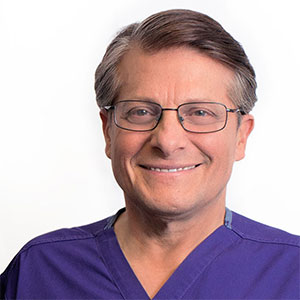
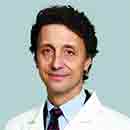


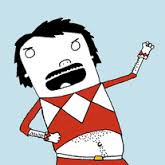
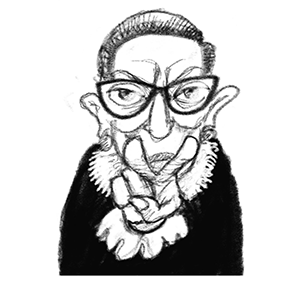
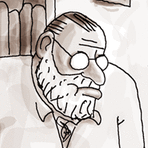

Comments